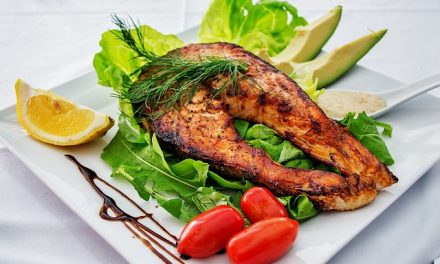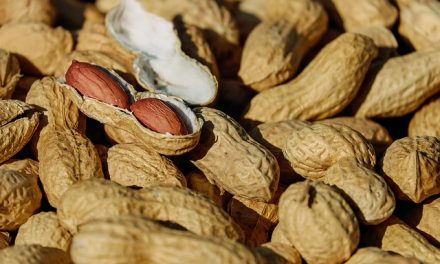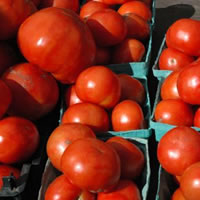When the weather turns cold, soup is a great chill-chaser. For busy folks, soup is also a great time-saver. But no matter the weather or the time pressures, soup is an easy and efficient way to slip in extra servings of vegetables, whole grains, beans and lentils – the health-protective foods many of us don’t eat often enough.
Although nothing surpasses soup homemade from scratch, it doesn’t take much effort to create a soup that doesn’t have the excess salt or the thin, tinny taste of canned soups. Starting with a good quality store-bought broth that is fat-free and low in sodium, the addition of a handful of two or three frozen vegetables makes a standard vegetable soup.
Add canned beans and cooked pasta, and you have minestrone or, with cooked lentils plus a little cinnamon and dill, a Greek-inspired soup. Chopped cabbage, canned tomatoes, frozen green beans, a carrot, a potato and a handful of old-fashioned rolled oats (or the top-grade steel-cut version) produce a hearty Irish meal that satisfies the soul and the stomach.
Soups are a great way to use up vegetables past their prime, either cut into chunks or puréed with broth in a blender. Leftover cooked foods – rice, chicken, oven-roasted veggies – can make a soup robust enough to qualify as a stew.
At a brunch in Manhattan, an Indian chef-extraordinaire, Suvir Saran, introduced an extraordinary soup. It was thick, smooth and creamy, deeply flavorful and a gorgeous shade of pink-orange. The ingredients included 12 vegetables, milk and a classic mix of Indian spices, garam masala.
The recipe called for roasting the vegetables, which greatly intensifies their flavor. Milk, according to Saran, keeps the cauliflower white and the color of the soup bright.
The list of vegetables is long, but he confessed he often uses the vegetables he has on hand – four, seven, or whatever, although the more the better, but always including a potato to help thicken the soup.
Creamy Vegetable Soup
Yield: Makes 8 servings.
Ingredients
- 3 garlic cloves, peeled and halved
- 1 yellow bell pepper, seeded and cut in cut in 1 1/2-inch pieces
- 1 large broccoli spear, florets only (2 cups)
- 1/2 small cauliflower, cut in 1 1/2-inch florets, 2 to 3 cups
- 1/2 small fennel bulb, cut in 1-inch pieces
- 1 medium red-skin potato, diced
- 2 large shallots, quartered
- 1 medium tomato, seeded and cut in 6 wedges
- 1 small zucchini, cut in 1-inch pieces
- 1 small acorn squash, peeled, seeded and cut into 1-1/2-inch pieces, about 3 cups
- 1 medium carrot, cut in 1-inch pieces
- 1 Tbsp. canola oil
- 1 tsp. garam masala or mixture of 1/2 tsp. ground cinnamon plus 1/8 tsp. each ground allspice, coriander and black pepper
- 2 cups reduced-fat (2%) milk
- Salt and freshly ground black pepper
- 2 plum tomatoes, seeded and finely chopped, for garnish (optional)
Directions
- Preheat the oven to 425 degrees F. Coat two baking sheets with cooking spray.
- On one sheet, place the garlic, bell pepper, broccoli, cauliflower, fennel, potato, shallots, tomato and zucchini. Coat liberally with cooking spray, stir and spray again. Place the acorn squash and carrots on the second sheet and toss with the oil. Bake the vegetables 15 minutes. Stir and bake 10 minutes longer, or until slightly soft and lightly colored.
- Transfer the vegetables to a large, deep saucepan. Add the spice mixture and 3 cups cold water. Bring to a boil, reduce the heat, cover and simmer until the vegetables are very soft, about 20 minutes. Add the milk. Transfer the mixture to a blender and purée until smooth. Season with salt and pepper. Serve hot or chilled, garnished with the chopped tomato (if using).
Nutritional Information Per Serving
115 calories
3 g. total fat (less than 1 g. saturated fat)
19 g. carbohydrate
5 g. protein
4 g. dietary fiber
57 mg. sodium
Diabetic Exchanges: 3 Vegetable, 1/2 Bread/Starch, 1/2 Fat










